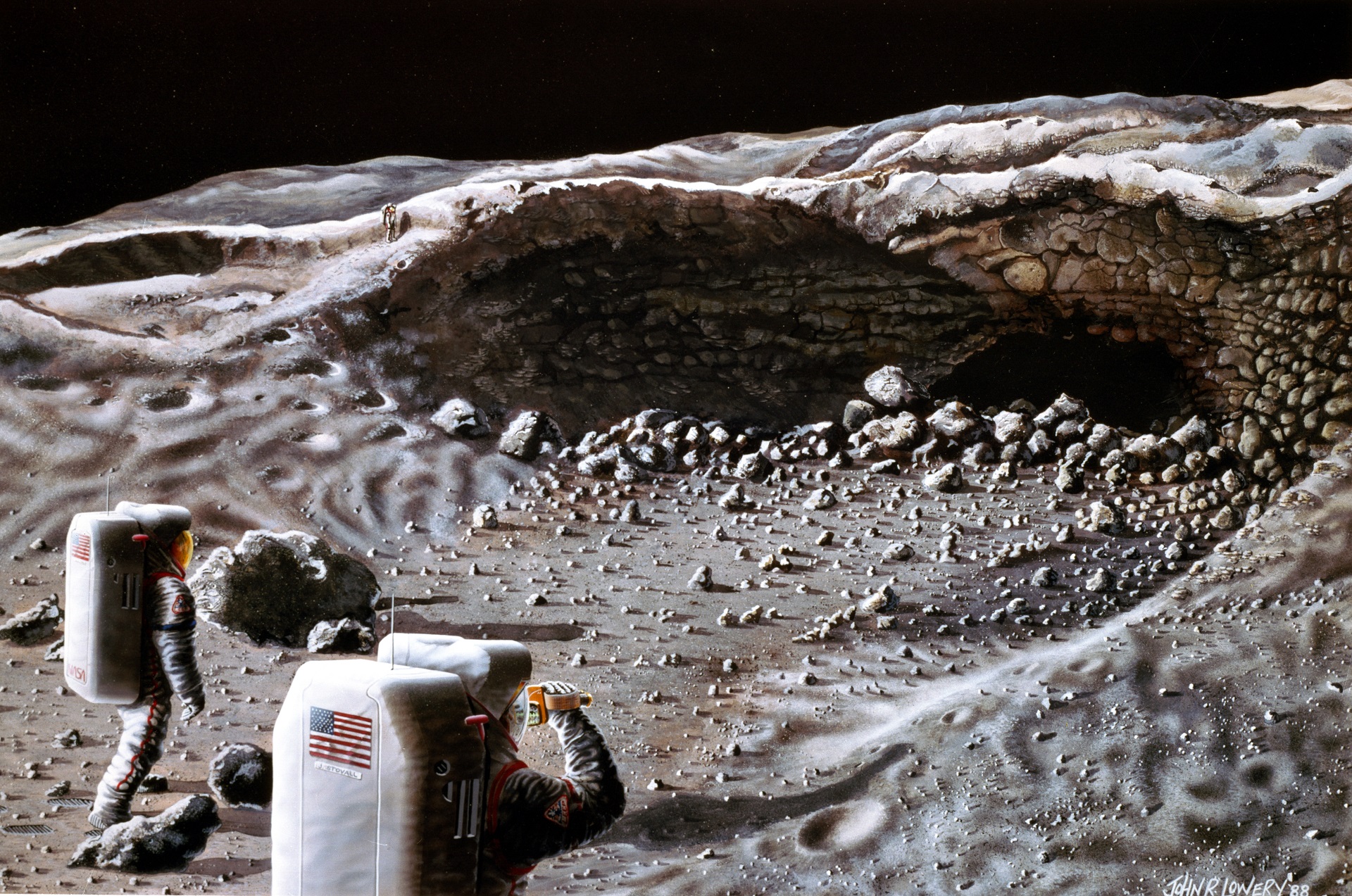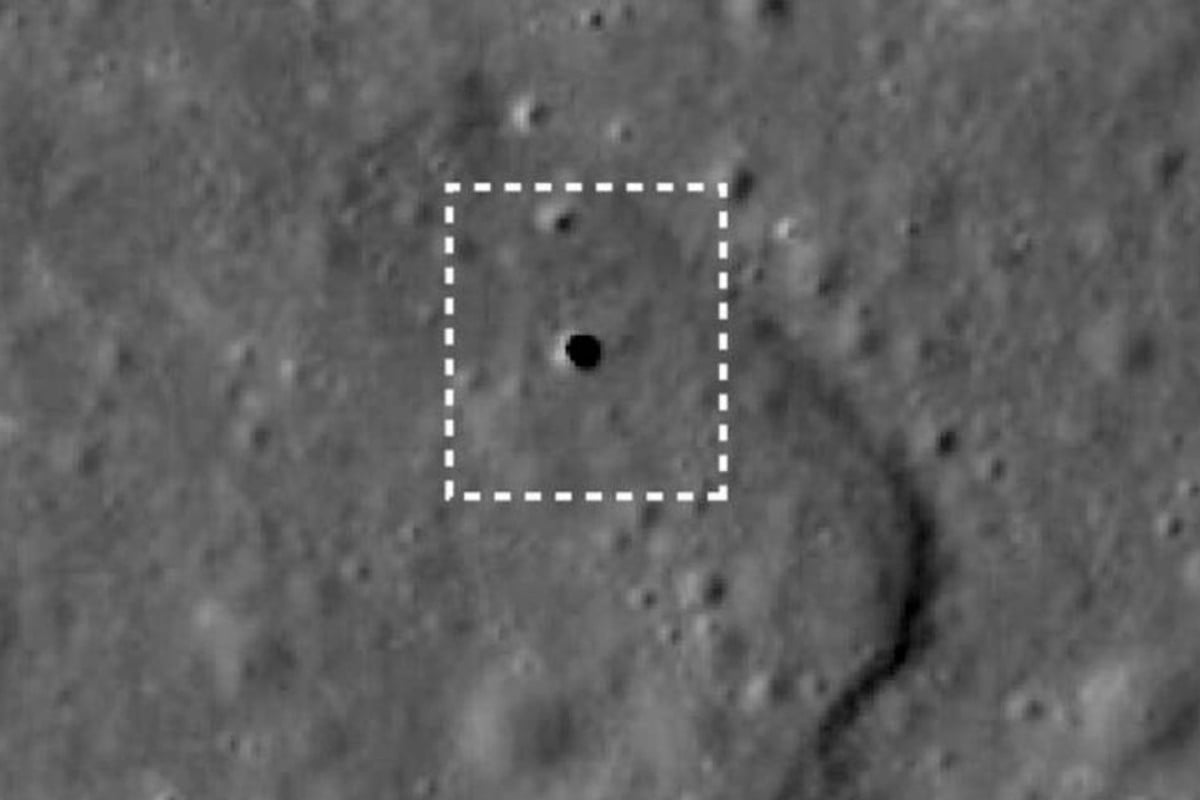Lunar Exploration History and NASA’s Role: Nasa Moon Caves
Nasa moon caves – Lunar exploration has captivated human imagination for centuries, and NASA has played a pivotal role in unraveling the mysteries of our celestial neighbor. The Apollo missions of the 1960s and 1970s marked a historic turning point, with astronauts Neil Armstrong and Buzz Aldrin becoming the first humans to walk on the Moon in 1969.
The Apollo program not only demonstrated the ingenuity and technological prowess of humankind but also yielded invaluable scientific insights into the Moon’s geology, composition, and history. The lunar samples collected during these missions have provided a wealth of information, helping scientists understand the Moon’s formation and evolution.
NASA’s recent discovery of moon caves has sparked excitement in the scientific community. These caves could provide valuable insights into the moon’s history and potential for future exploration. While many details remain unknown, morning joe is discussing the implications of this discovery and its potential impact on our understanding of the moon.
As scientists continue to study these caves, we can expect to learn more about the moon’s unique characteristics and its potential for future exploration.
NASA’s Ongoing Lunar Exploration Efforts, Nasa moon caves
NASA’s commitment to lunar exploration continues today, with the agency working towards a sustained human presence on the Moon by the 2030s. The Artemis program, named after the Greek goddess of the Moon, aims to send astronauts back to the lunar surface and establish a permanent lunar gateway that will serve as a base for future missions to Mars and beyond.
NASA’s moon caves, discovered in recent years, have sparked scientific curiosity and the imagination of space enthusiasts alike. One such enthusiast is Katie Britt , an Alabama politician who has been vocal about her support for space exploration. Her passion for the cosmos stems from her belief in the transformative power of science and the boundless possibilities that lie beyond our planet.
As we delve deeper into these enigmatic moon caves, we can only speculate on the secrets they hold and the role they may play in shaping our understanding of the universe and our place within it.
As part of the Artemis program, NASA has developed the Space Launch System (SLS), a powerful rocket that will carry astronauts and cargo to the Moon. The Orion spacecraft, designed to transport astronauts to and from lunar orbit, is also under development. Additionally, NASA is collaborating with international partners to build the Lunar Gateway, a small space station that will orbit the Moon and provide support for Artemis missions.
Timeline of Major Events in Lunar Exploration
- 1959: The Soviet Union launches Luna 2, the first spacecraft to reach the Moon’s surface.
- 1969: Neil Armstrong and Buzz Aldrin become the first humans to walk on the Moon.
- 1972: The last Apollo mission, Apollo 17, concludes, leaving behind a legacy of scientific discoveries and human exploration.
- 1994: The Clementine mission provides detailed mapping and mineral composition data of the Moon.
- 2009: The Lunar Reconnaissance Orbiter (LRO) is launched to study the Moon’s surface, atmosphere, and radiation environment.
- 2019: The Artemis program is announced, with the goal of returning astronauts to the Moon by the 2030s.
Scientific Significance of Moon Caves

Moon caves are of great scientific significance due to their unique geological formations and environments, which have the potential to provide valuable insights into the history of the Moon and the solar system. These caves offer a pristine and protected environment that could potentially contain evidence of past or present life.
Geological Formations and Environments
Moon caves are formed by a variety of processes, including volcanic activity, meteorite impacts, and the collapse of lava tubes. They can range in size from small crevices to vast chambers, and their interiors are often lined with unique geological formations such as stalactites, stalagmites, and other mineral deposits. These formations can provide valuable information about the geological history of the Moon, including its past climate and volcanic activity.
Potential for Life
One of the most exciting aspects of moon caves is their potential to contain evidence of past or present life. The Moon is believed to have been once a much more hospitable environment than it is today, with a thicker atmosphere and liquid water on its surface. It is possible that life may have originated on the Moon or been transported there from Earth, and that it could have survived in the protected environment of moon caves. The search for life in moon caves is one of the primary goals of future lunar exploration missions.
Technological Challenges and Exploration Strategies

Exploring moon caves presents unique engineering challenges due to their extreme environments and delicate scientific value. The lack of sunlight, extreme temperatures, and potential presence of hazardous materials require innovative technologies and strategies to ensure safety and preserve scientific integrity.
To overcome these challenges, scientists and engineers are developing specialized equipment and protocols. Remotely operated vehicles equipped with cameras, sensors, and robotic arms allow for safe exploration and sample collection without human intervention. Advanced lighting systems illuminate the caves, enabling scientists to document their features and search for signs of life. Additionally, autonomous navigation systems guide vehicles through complex cave networks, minimizing the risk of damage or getting lost.
Exploration Strategies
To safely explore moon caves while preserving their scientific value, strict protocols are followed. Before entering, scientists carefully assess the cave’s environment, including its atmosphere, temperature, and potential hazards. They also develop detailed exploration plans that Artikel the tasks to be performed, the equipment to be used, and the safety measures to be taken.
During exploration, scientists adhere to strict guidelines to avoid disturbing the cave’s environment. They use non-invasive techniques to document cave features and collect samples, ensuring minimal impact on the fragile ecosystem. They also follow strict decontamination procedures to prevent the introduction of Earthly contaminants into the cave.